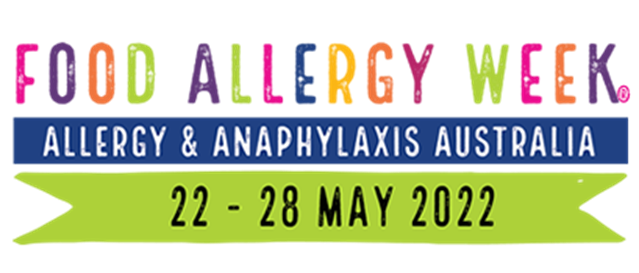18 May 2022

Next week is “Food Allergy Week” (FAW). It aims to raise awareness of food allergies and anaphylaxis, and to share information on what we can do to improve safety for people who live with food allergies.
Did you know?
· Australia has the highest incidence of food allergy in the world, and it’s growing at a rapid rate.
· It is estimated that there are 800,000 Australians with a diagnosed food allergy, and many more undiagnosed.
What is food allergy?
Food allergy is an immune system response to a food protein that the body (mistakenly) believes is harmful. When a food which a person is allergic to is eaten, the immune system releases massive amounts of chemicals, triggering potentially life-threatening symptoms. Currently there is no cure for food allergy, avoidance is the only way to prevent a reaction.
What are the signs and symptoms of food allergy?
Food allergic reactions can range from mild to severe, severe being what we call anaphylaxis. Symptoms usually appear within two hours of a person eating a food (even a small amount) they are allergic to.
Mild to moderate allergic reaction
• swelling of the face, lips and eyes • hives or welts • tingling mouth • abdominal pain, vomiting (these are signs of a severe allergic reaction to insects)
Severe allergic reaction (anaphylaxis)
• difficult/noisy breathing • swelling of the tongue • swelling/tightness of the throat • difficulty talking and/or hoarse voice • wheeze or persistent cough • persistent dizziness or collapse • pale and floppy (young children)
At Mimosa, we have a number of students who have food allergies or who are anaphylactic. It can be hard to believe that foods most of us enjoy every day can be harmful to others. It is very important that students do not share or swap food with each other as this can be very dangerous for children with food allergies.
